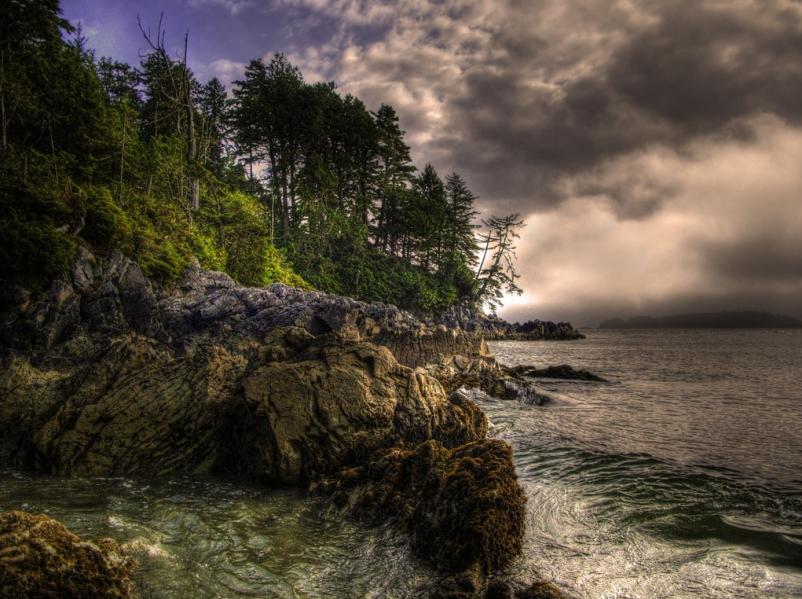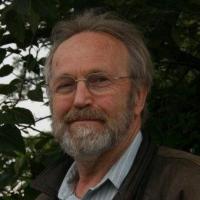News & Updates
Trees as fountains in slow motion on UN’s International Day of Forests
20
By Dirk Brinkman
Our quick lives sometimes cannot see slow change in forests, neither as trees emerge nor as they disappear. My young roaming privileges made adventure hiking and exploring the forests, fence line trees, and stream bank woods of Southern Ontario. After graduating, I adventured west to British Columbia in 1970 and began planting trees.
Returning periodically to begin planting in Ontario, the gradual disappearance of trees along fences, forest stands replaced with (wood built) suburbs, and vanishing woods along steams was a dramatic contrast to my childhood memories. Being on an urgent mission to reforest Canada’s remote forests, my Ontario friends seemed asleep.
Ontario’s deforestation over my short years made it easier to understand how a hundred and fifty years before, the tiny Rouge River was the farmer’s river boat t corridor for transporting crops to Toronto. Ontario’s vast Southern forests once transpired enough moisture to sustain the rainfall needed to cycle river flows of Aboriginal Canoe corridors on what are today small streams. This water/forest insight, shared by many, motivates Trees Canada, Trees Ontario and municipalities to return trees to Ontario’s landscape. Our company has been privileged to help double the GTA’s canopy cover by planting trees.
But in 1993 I saw the forest/water link more sharply in El Salvador. Standing under a giant monkey pod tree that covered an entire one acre town square with Joyce and our blond haired young family, we were surrounded by a small community protesting a government decision to divert their precious water to a larger, richer community. El Dorado was an artesian spring named for the unique golden fish only found there. This water was the community’s very identity.
Guests of Dr. Ricardo Navarro to help plant his Forest of Reconciliation-- a tree for each person killed in the recently ended civil war-- our host called to the crowd ‘Aqua es vida!’ As busloads of armed gendarmes pulled up to disperse the protestors, Ricardo urged us to grab our young sons from pulling up pavement stones with the rioting crowd and leave the conflict to the locals. During these moments I saw that great tree as a slow motion fountain suspended above all of our quick flowing lives.
Now when I see each tree poised gracefully in its architecturally unique suspended moment, it also refreshes my perspective on the flowing change of my busy life. Change flows slowly through a tree and through a forest like the flow of a very slow river. It is guided by time, place, genetics, environment, competition, cooperation, micro-organisms, wind, rain, flooding and drought. Each of those elements is present in a tree in any given moment if you look closely. And in that moment trees give back a glimpse of the flow of change in your life.
Over these past forty five years we have reanimated the slow flow of Canada’s harvested and burnt forests by planting 1.25 billion little fountains. Some of our micro-fountains on Vancouver Island have risen to become cellular stems of more than 100 feet tall. These recently harvested spruce and fir fountains are now in American and Chinese buildings where building codes are being modified to permit 30 story wooden structures, as tall as the tallest trees. Even in our busiest cities, the calming soothing stability of these smooth steady fountains flowing water to the sky touches us all, making our busy world a more wonderful place.
March 20th is UN International Forest Day, a celebration of this world’s slow-flowing green fountains. Celebrate by taking a moment with a sprouting tree, which in Canada’s springtime will soon be flowering with catkins and tossing sprays of pollen into the wind.
Dirk Brinkman, CEO Brinkman & Associates Reforestation Ltd. Vancouver British Columbia.





 2669 E Hastings., Vancouver BC, V5K 1Z5
2669 E Hastings., Vancouver BC, V5K 1Z5 (604) 521-7771
(604) 521-7771
